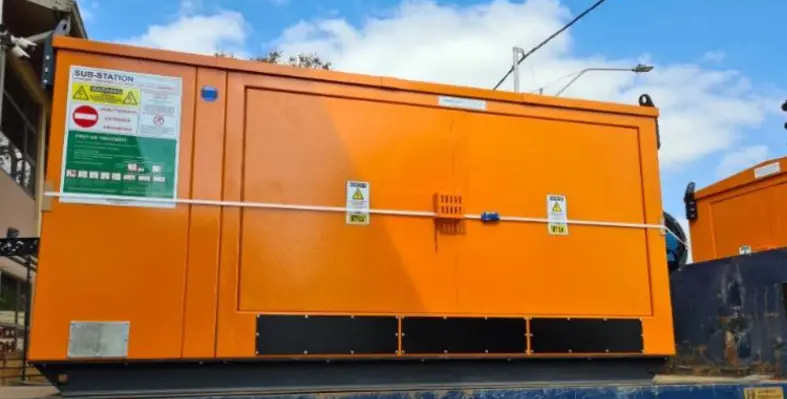Trafo Power Solutions has supplied 40 mini-substations with dry-type transformers to one of the fastest growing copper mines in the Democratic Republic of Congo
The mini-substations include units of between 630 kVA and 1,600 kVA capacity with primary voltages of 11 kV and 33 kV. The secondary voltage configurations are 400 V, 690 V and 1,000 V – and some units have dual-ratio secondaries. Protection against the ingress of water and dust was also designed into the units, with an IP54 ingress protection rating.
The mini-substations, which were entirely designed and produced in South Africa, were finished in a streamlined production process that allowed for a quick delivery in batches of five to six units every ten days. Before being sent, every unit underwent a rigorous testing procedure following the production and assembly stages.
The contract reflects the increased uptake of dry-type technology in mining, Trafo said.
Because the subterranean environment is subject to strict safety norms and regulations, the dry-type transformer is a great option. This method reduces the risk of fire, explosion, and environmental contamination due to leakage by using air instead of oil to cool the windings. In dry-type transformers, the windings are additionally sealed against humidity up to 95% by a cast resin encapsulation.
Trafo Power Solutions has designed the electrical and mechanical components and, by using air-to-air heat exchangers, has secured a small footprint. A fan forces air through the heat exchanger's aluminium tubes to cool the air on their outside while air is directed through the transformer windings and passes over the tubes.
“Considerable design work and planning went into this contract, with very demanding lead times to keep up with the mine’s rapid expansion”, said David Claassen, managing director of the company.
“The units are designed to be as compact as possible,” he added. “While many will be used for surface infrastructure, the design had to ensure that they could be used underground, where space is limited.”






